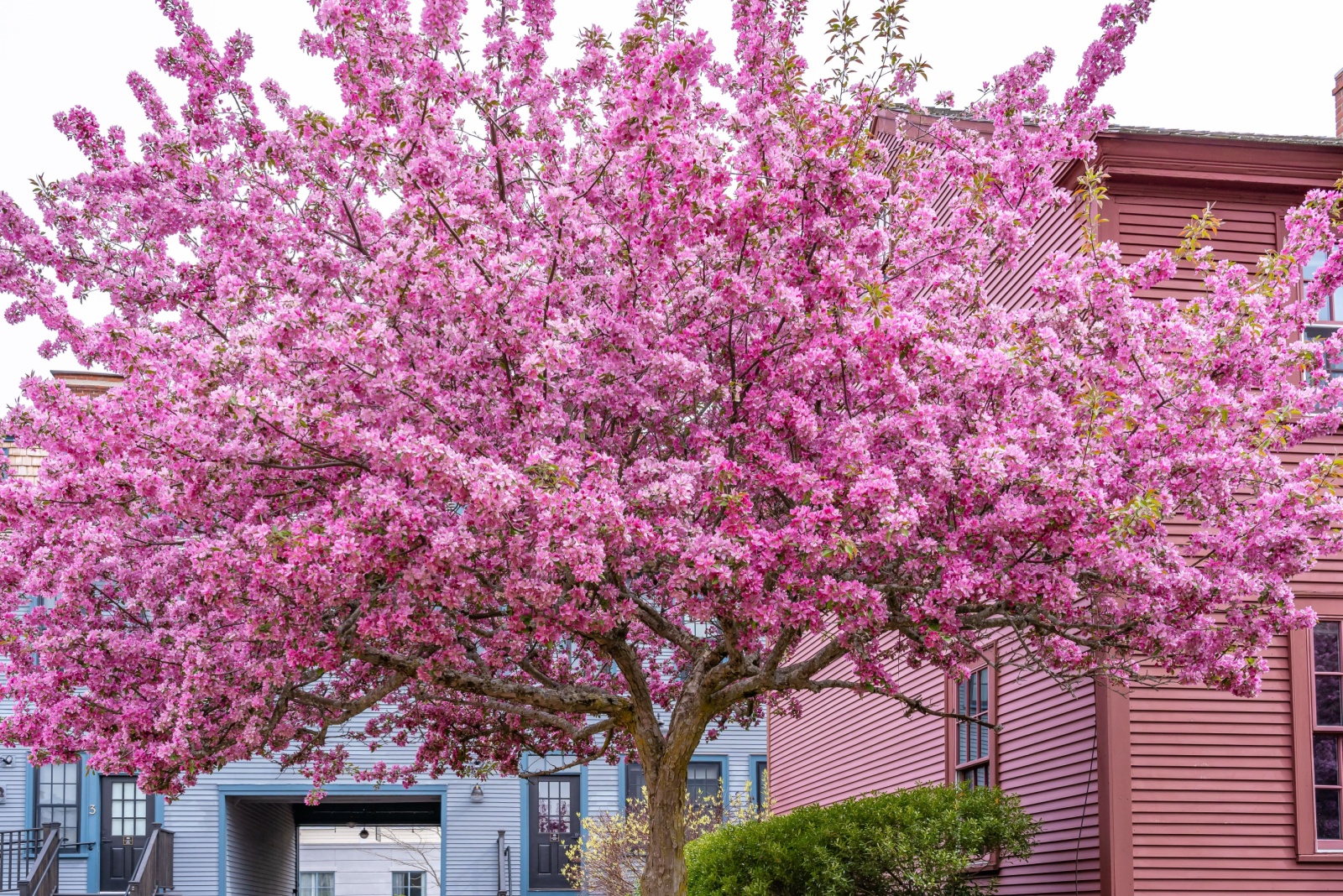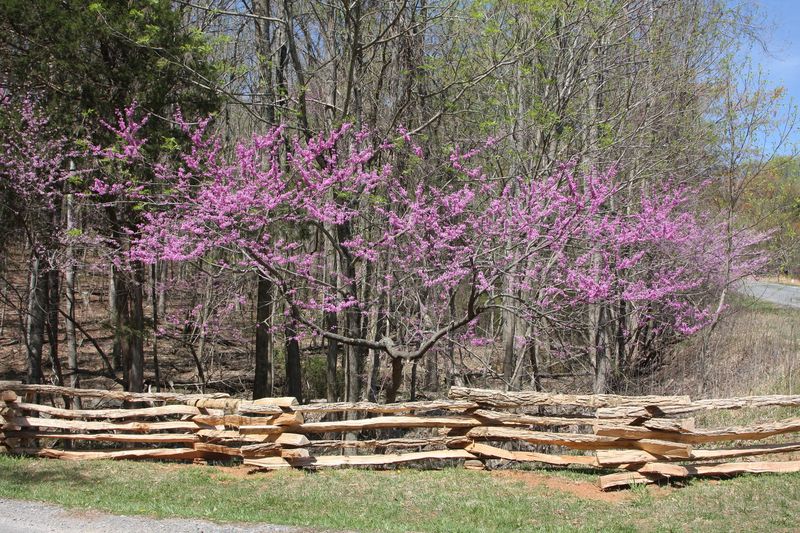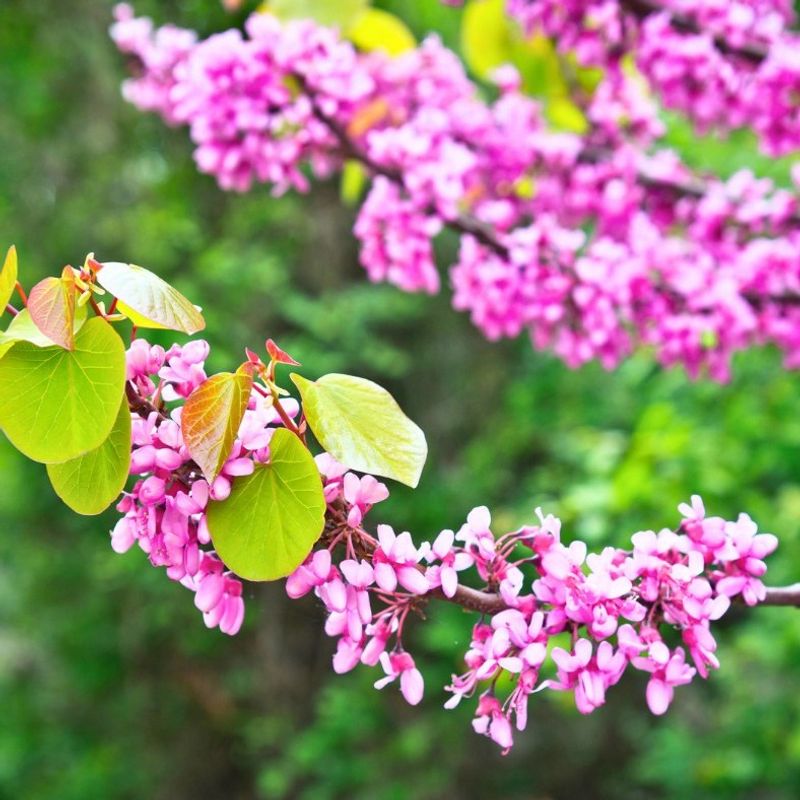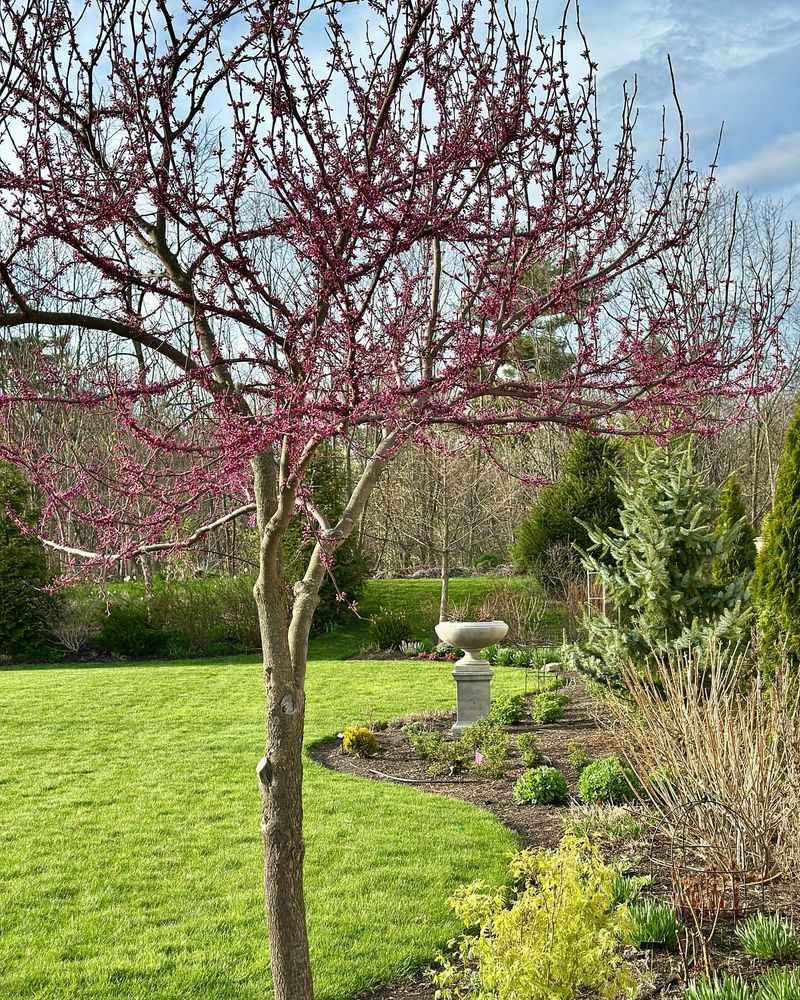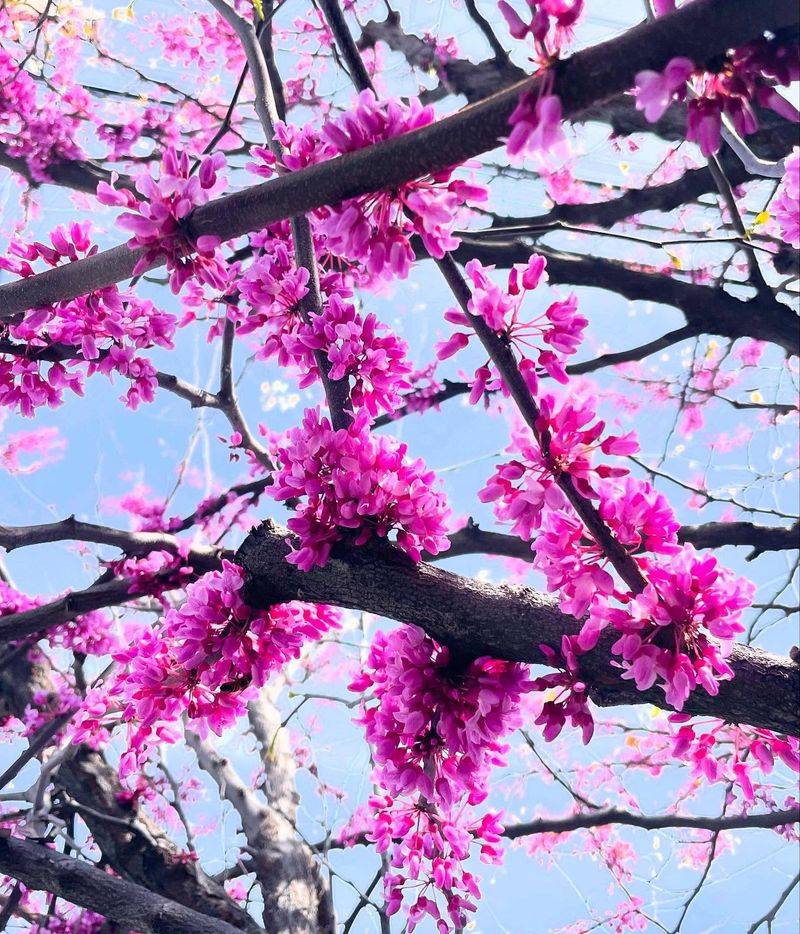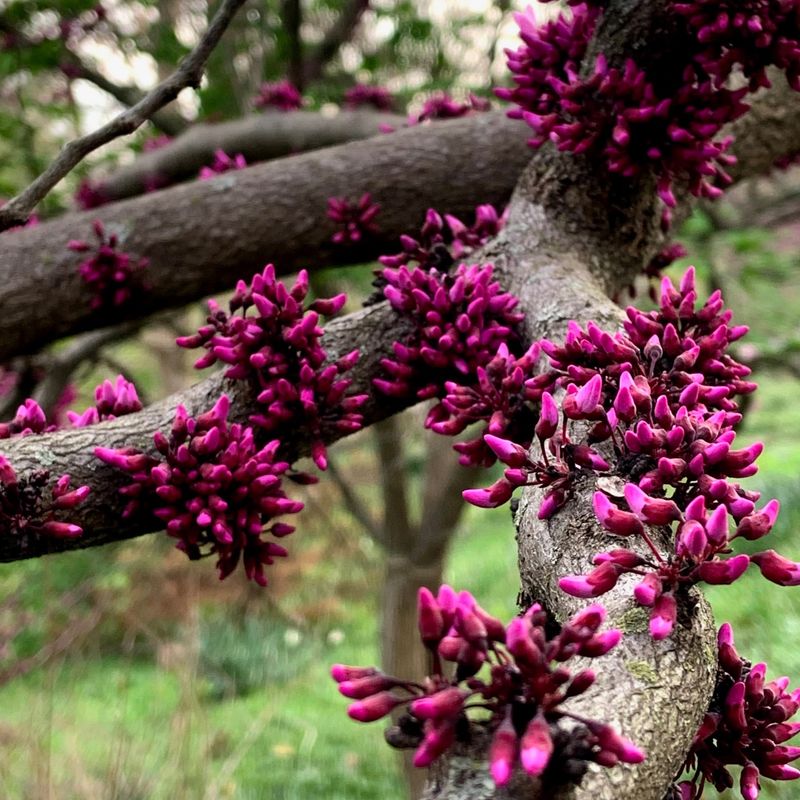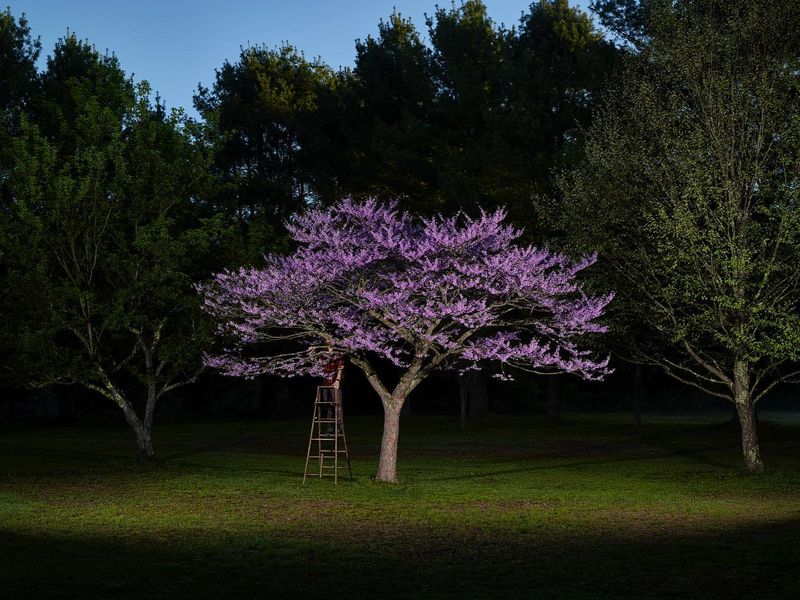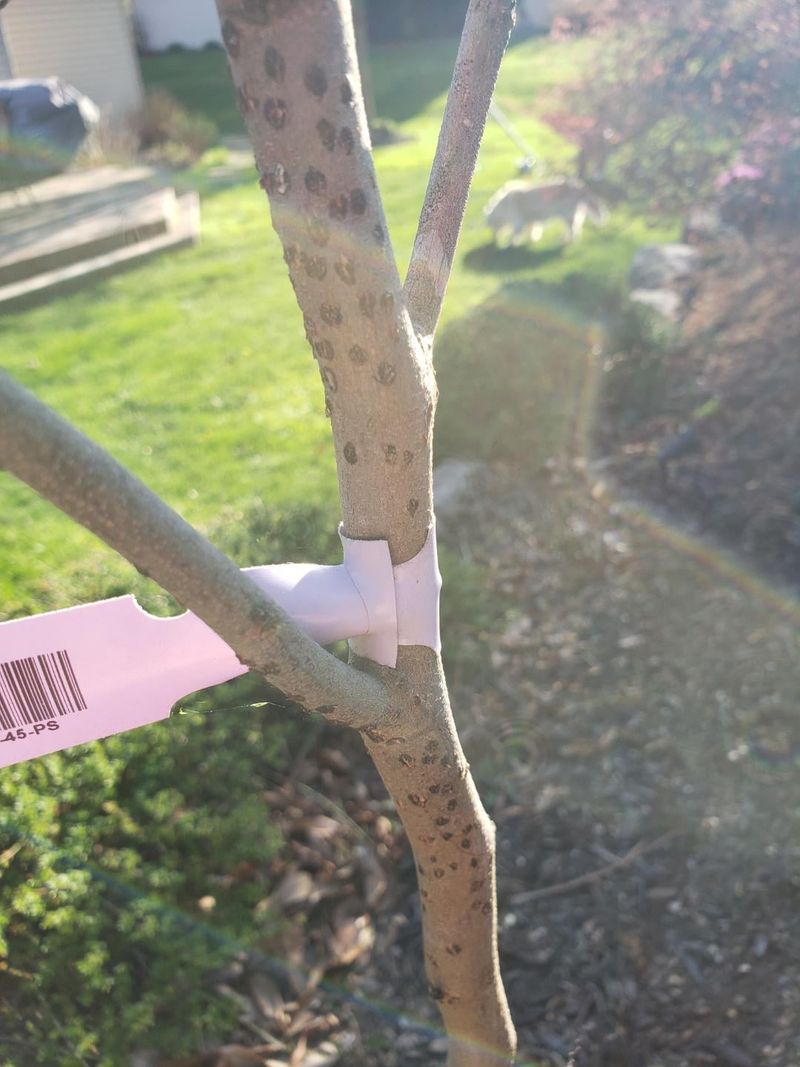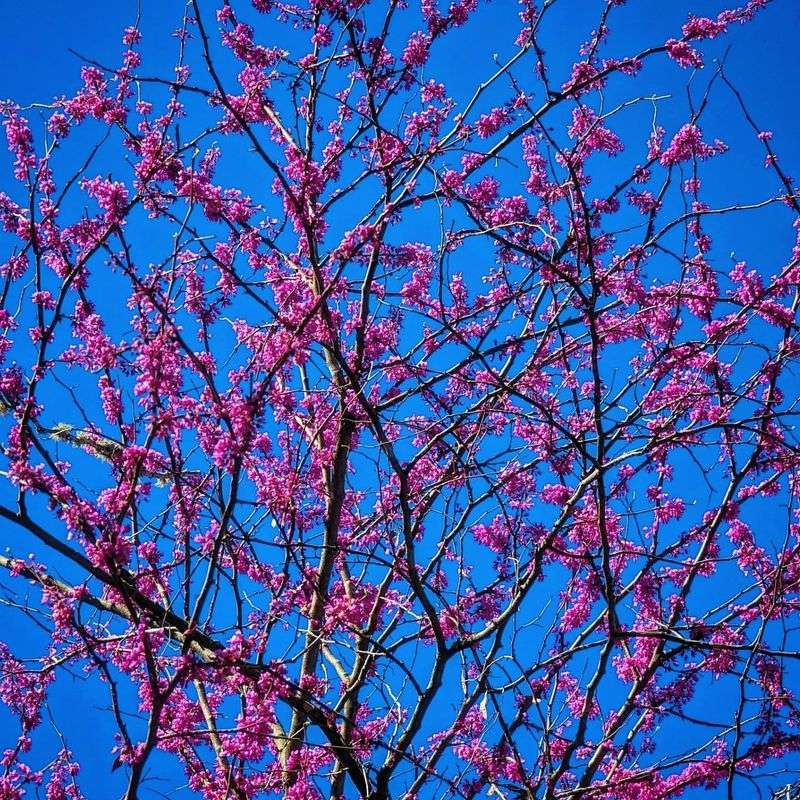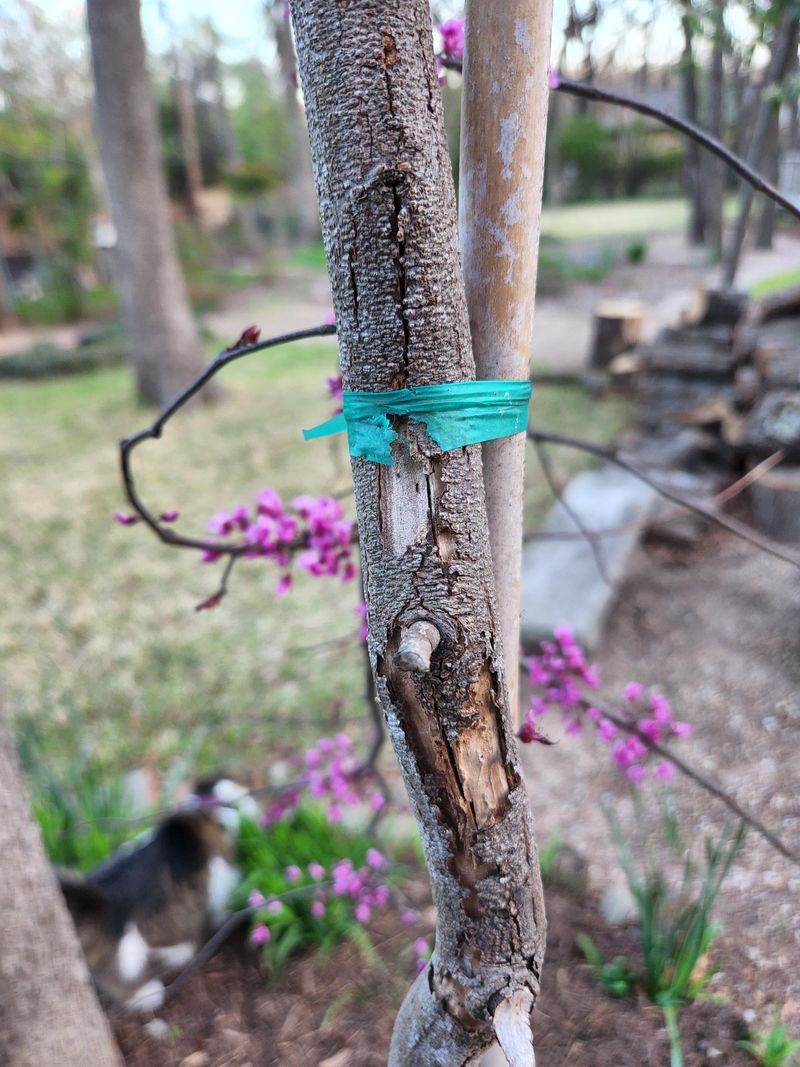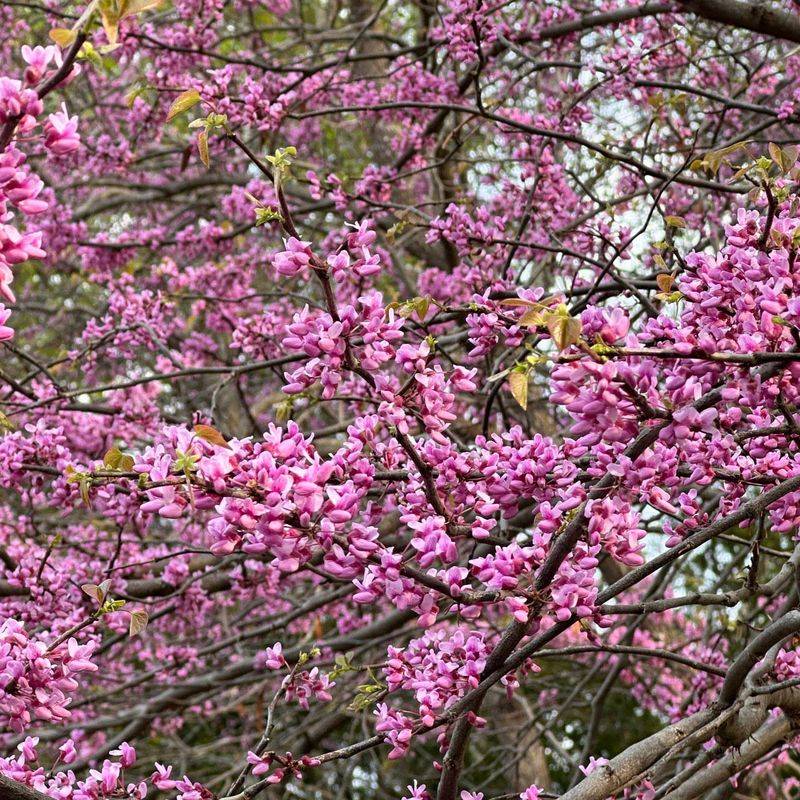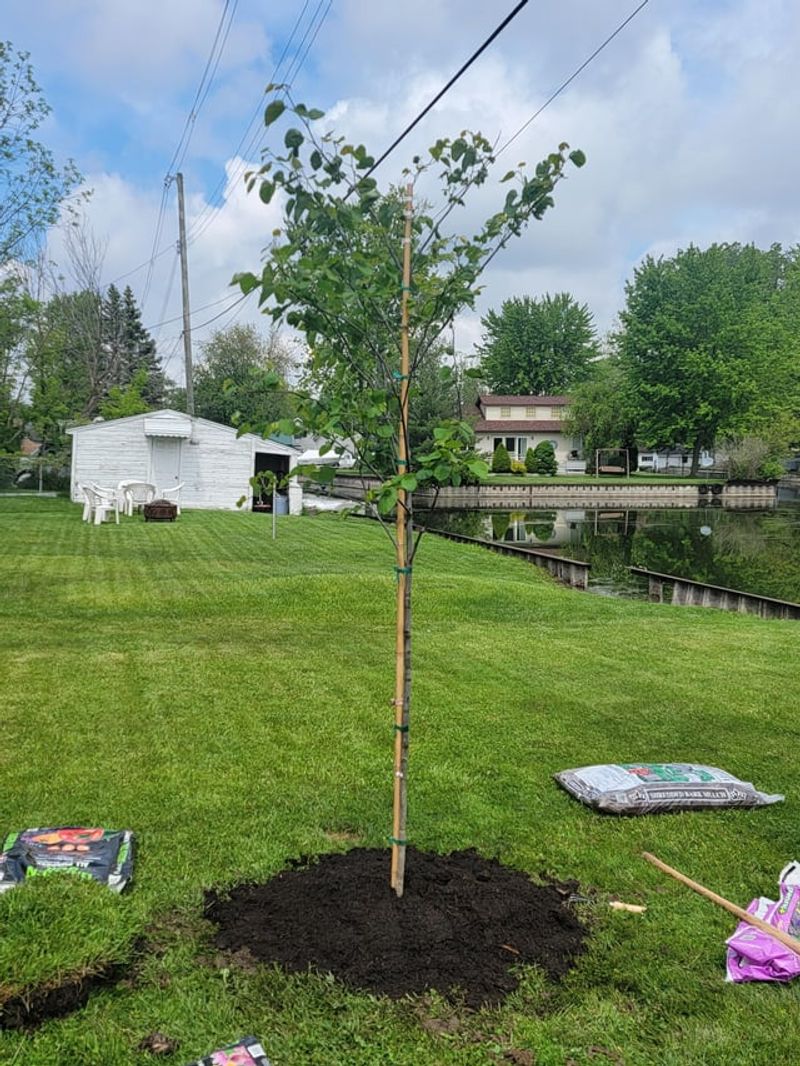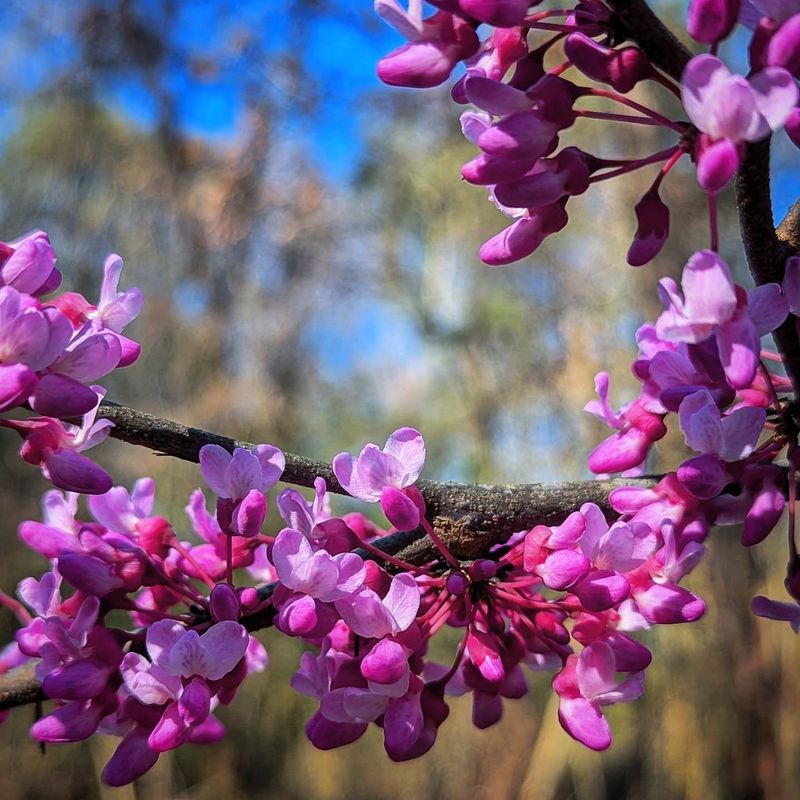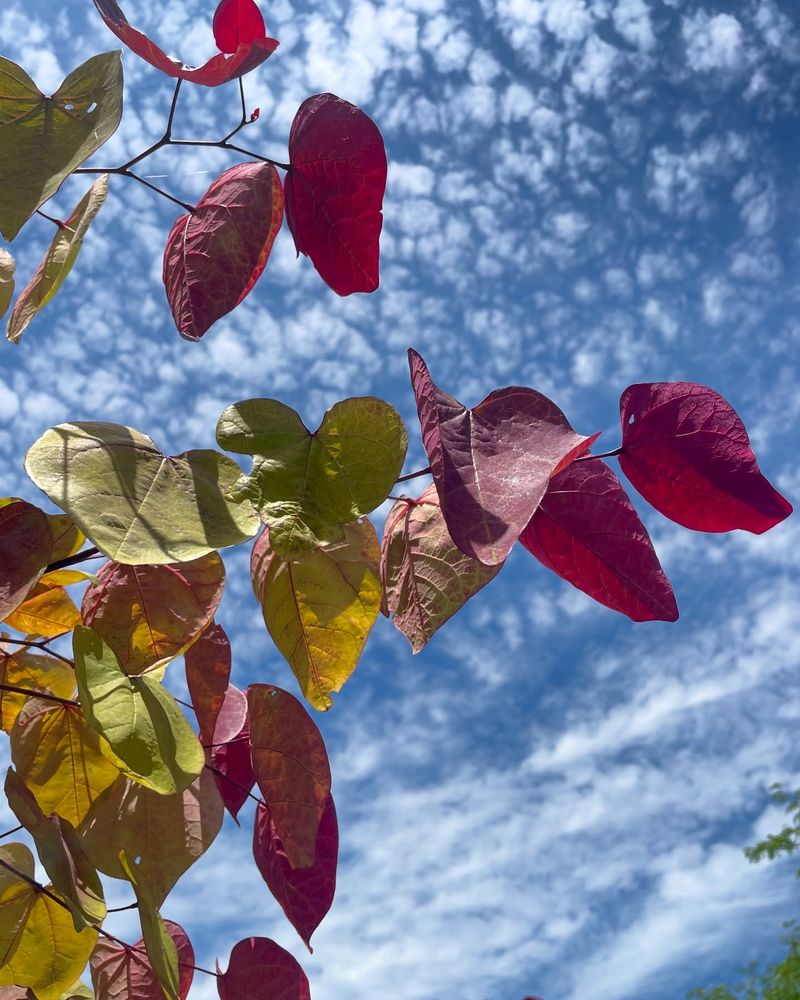Eastern Redbud trees bring spectacular spring color to Tennessee yards with their vibrant pink-purple blossoms. These native beauties thrive in our climate when given proper care and attention.
Whether you’re planting a new Redbud or maintaining an established tree, these practical tips will help your Eastern Redbud flourish in your Tennessee landscape.
1. Find The Perfect Spot
Eastern Redbuds prefer partial shade, especially protection from harsh afternoon sun in Tennessee’s hot summers. The ideal location offers morning sunlight with afternoon shade.
Native to woodland edges, these trees naturally grow along borders between open areas and forests. Your yard’s transition zones – where lawn meets wooded areas – create prime Redbud real estate.
2. Plant During Dormant Seasons
Late fall or early spring gives your Redbud the best start in Tennessee’s climate. Planting during these cooler months reduces transplant shock and allows roots to establish before summer heat arrives.
Avoid summer planting when possible – the stress of Tennessee’s hot, sometimes dry summers can overwhelm newly planted trees. Container-grown specimens can be planted year-round with extra care and consistent watering.
3. Dig Wide, Not Deep
Create a planting hole twice as wide as the root ball but only as deep as the root flare. This encourages horizontal root growth, creating a stronger foundation for your Redbud in Tennessee’s occasionally heavy clay soils.
Gently loosen the roots if they’re circling the container. Position the tree so the root flare sits slightly above ground level to prevent rot and promote proper growth.
4. Mulch Like A Pro
Spread a 2-3 inch layer of organic mulch around your Redbud, extending to the drip line. Wood chips, shredded bark, or pine straw work beautifully in Tennessee landscapes.
Keep mulch pulled back several inches from the trunk to prevent moisture-related diseases. Refresh annually in spring as Tennessee’s warm season begins, adding just enough to maintain proper depth without creating mulch mountains.
5. Water Deeply And Infrequently
Young Redbuds need consistent moisture during their first two growing seasons in Tennessee. Deep watering once weekly encourages roots to grow downward, creating drought resilience.
During Tennessee’s hot summers, increase watering if rainfall is scarce. A soaker hose placed around the drip line delivers water efficiently to the root zone without wetting foliage, reducing disease risk.
6. Feed With Balanced Fertilizer
Apply a slow-release, balanced fertilizer (like 10-10-10) in early spring before flowering. Tennessee’s growing season begins earlier than northern states, so aim for February or early March application.
Avoid high-nitrogen fertilizers that promote leggy growth at the expense of flowers. For established trees, fertilize lightly every other year. Young trees benefit from annual feeding to support healthy development in Tennessee’s long growing season.
7. Prune With Purpose
Late spring after flowering provides the perfect pruning window for Tennessee Redbuds. Remove dead, damaged, or crossing branches to improve air circulation and tree structure.
Young trees benefit from light shaping to develop strong branch architecture. Mature specimens need minimal pruning – mainly removal of suckers from the base and any dead wood. Always make clean cuts just outside the branch collar.
8. Monitor For Canker Disease
Redbud canker appears as sunken, darkened areas on branches or trunks. Tennessee’s humidity can sometimes contribute to fungal issues, making regular inspection important.
Prune affected branches several inches below visible symptoms, disinfecting tools between cuts. Promote tree health through proper watering and mulching to increase resistance. Severely infected trees may need professional evaluation or replacement.
9. Watch For Leaf-Feeding Insects
Tennessee Redbuds occasionally attract leafcutter bees, which remove circular sections from leaves. These beneficial pollinators cause minimal damage – no treatment needed!
More concerning are Japanese beetles, which can skeletonize leaves in summer. Hand-pick beetles in the morning when they’re sluggish or use organic controls for heavy infestations. Healthy trees typically recover from moderate leaf damage without lasting effects.
10. Protect From Lawn Equipment
String trimmers and mowers frequently damage Redbud’s thin bark, creating entry points for disease. Even minor wounds can develop into serious problems in Tennessee’s humid climate.
Create a mulch ring around your tree to eliminate the need for trimming close to the trunk. For added protection, consider installing a plastic trunk guard, especially for young trees with particularly vulnerable bark.
11. Prepare For Tennessee Droughts
Despite Tennessee’s generally humid climate, summer dry spells can stress Redbuds. Established trees typically withstand short droughts, but prolonged dry periods require intervention.
Water deeply during extended dry periods, focusing on the root zone. Apply water slowly to allow proper absorption in Tennessee’s clay-heavy soils. A layer of mulch helps retain soil moisture and moderate temperature extremes.
12. Support Young Trees
Tennessee’s occasional strong storms can damage newly planted Redbuds before their roots establish. Temporary staking provides stability during the first growing season.
Use two stakes placed outside the root ball with loose ties that allow slight movement. This gentle motion strengthens the trunk and encourages proper root development. Remove stakes after one year to prevent restriction of the tree’s natural growth.
13. Manage Competing Vegetation
Grass and weeds compete with your Redbud for water and nutrients. Tennessee’s long growing season means persistent competition throughout much of the year.
Maintain a grass-free zone extending at least 3 feet from the trunk. Mulch this area to suppress weeds and conserve moisture. For persistent weeds, carefully apply herbicide according to label directions, avoiding contact with Redbud foliage or bark.
14. Consider Companion Plants
Enhance your Redbud’s beauty with complementary native Tennessee plants. Spring-flowering bulbs like daffodils create stunning combinations with Redbud’s pink blossoms.
Woodland perennials such as ferns, wild ginger, and native phlox thrive in similar conditions and create a naturalistic setting. Choose plants with similar water requirements to avoid stressing either your Redbud or its companions.
15. Appreciate Four-Season Interest
Tennessee’s mild climate showcases Redbud’s year-round appeal. Beyond spring flowers, summer brings heart-shaped leaves that turn golden-yellow in fall.
Winter reveals the tree’s graceful branching structure and interesting bark patterns. Some trees develop attractive seed pods that persist through winter. Position your Redbud where it can be viewed from windows or frequently used outdoor spaces to enjoy its changing seasonal display.

